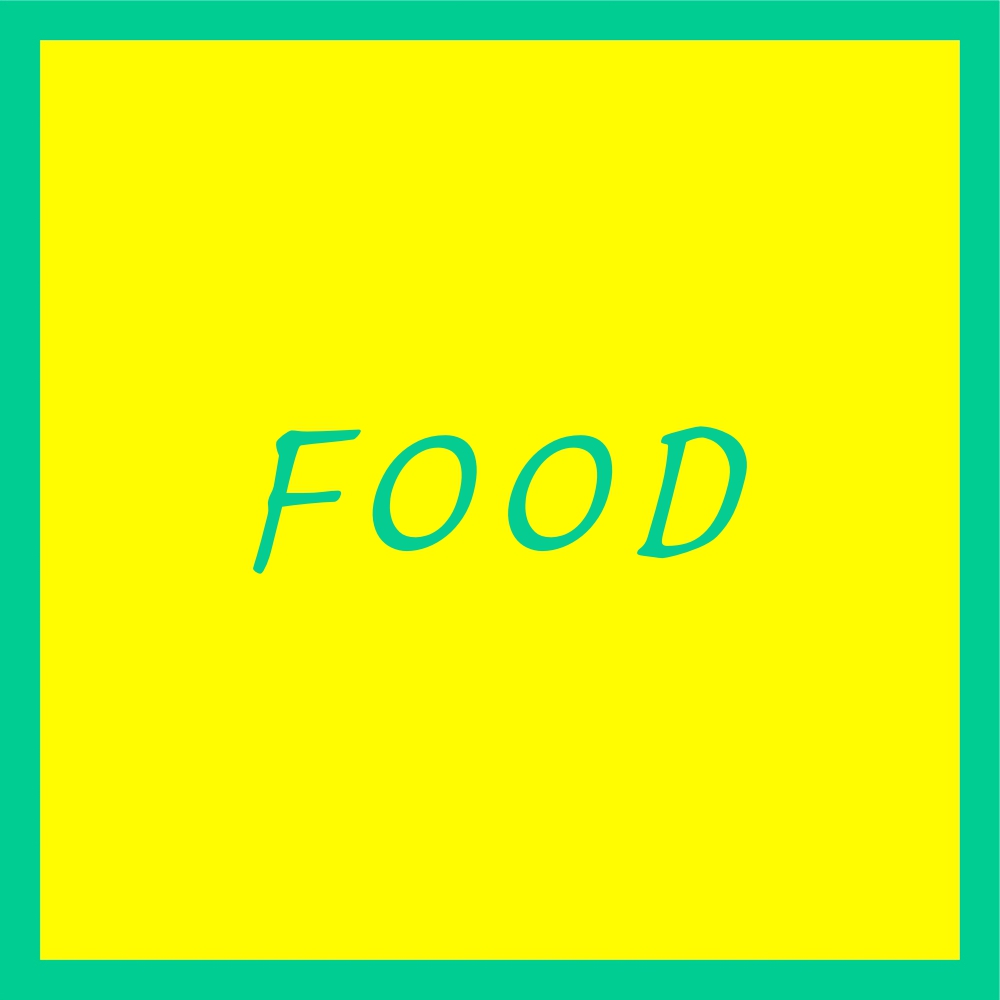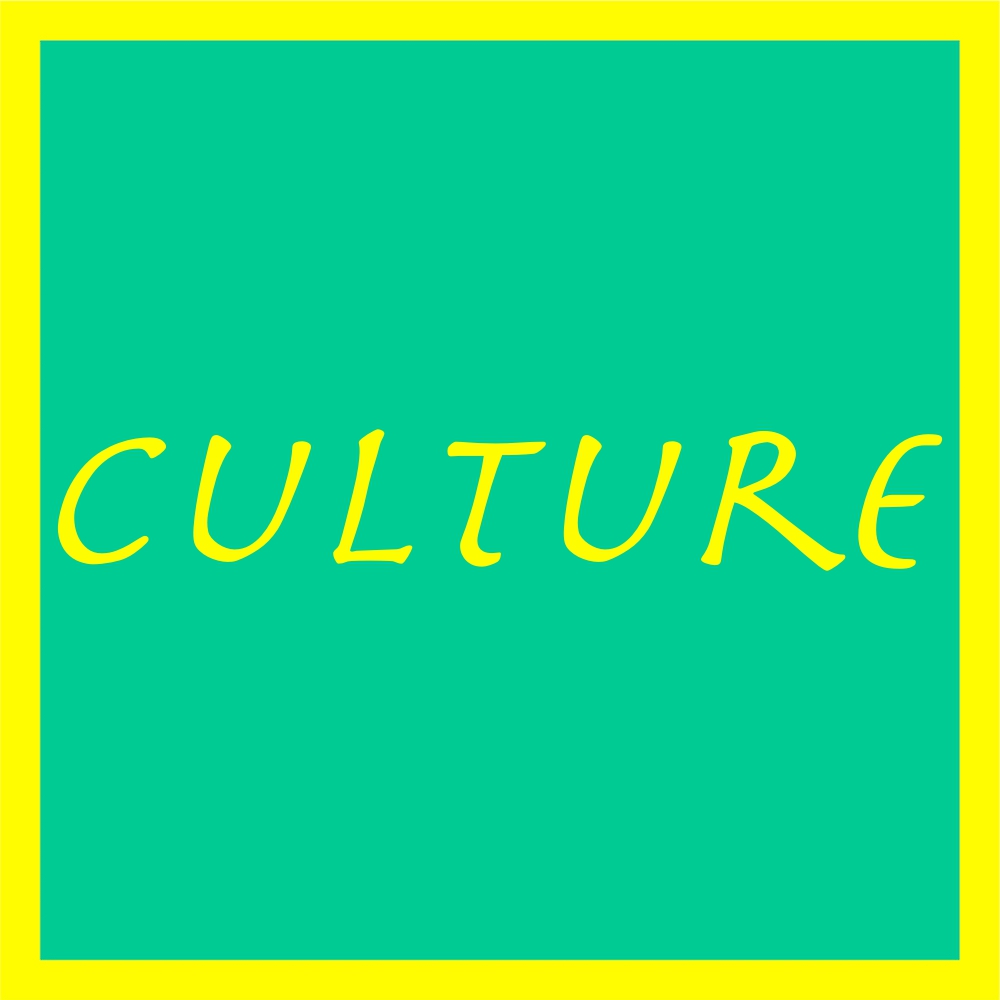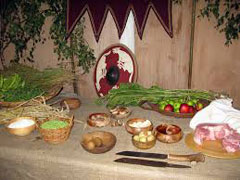




Back to the Intro Page







With no shops, people had to either keep or grow their food. Villagers would keep pigs, cattle (cows), sheep and goats. Pigs were the most popular as they had the largest litter. A litter is the babies of an animal. Sheep and goats produced milk and wool as well as food. The lord of a village was the only person who could hunt wild animals like boar or deer. The vegetables they grew were carrots, parsnips, peas, onions, beans and cabbages. Vegetables were stored by drying and then storing in, hopefully, a dry place. One of the problems when storing their food was the ever-present rats and mice. I, or my ancestors, would be happy to eat them for you. The people would also grow apples, plums and cherries. Horses and oxen were kept for work purposes and never eaten. Rabbits had been introduced by the Romans and they were also easy to catch and rabbits, as you may know, breed like........rabbits or, to put it another way, have lots of babies. Pottage was another favourite food. Pottage is really just a thick soup or stew made by boiling vegetables, grains, and, if available, meat or fish. In other words anything you have left over. It was part of the peasant diet for hundreds of years. The crops grown were wheat, oats, rye, and barley. Barley was used to make beer which was the main drink, even for children. Romans drank wine but that had been brought over from the hotter countries like Italy. Beer was drunk instead of water as the rivers and streams where they could get the water from were polluted and could make them very ill.
Back to Definitely All Romans Hoots - FoodForward to the Anglo-Saxons Hoots - Food

